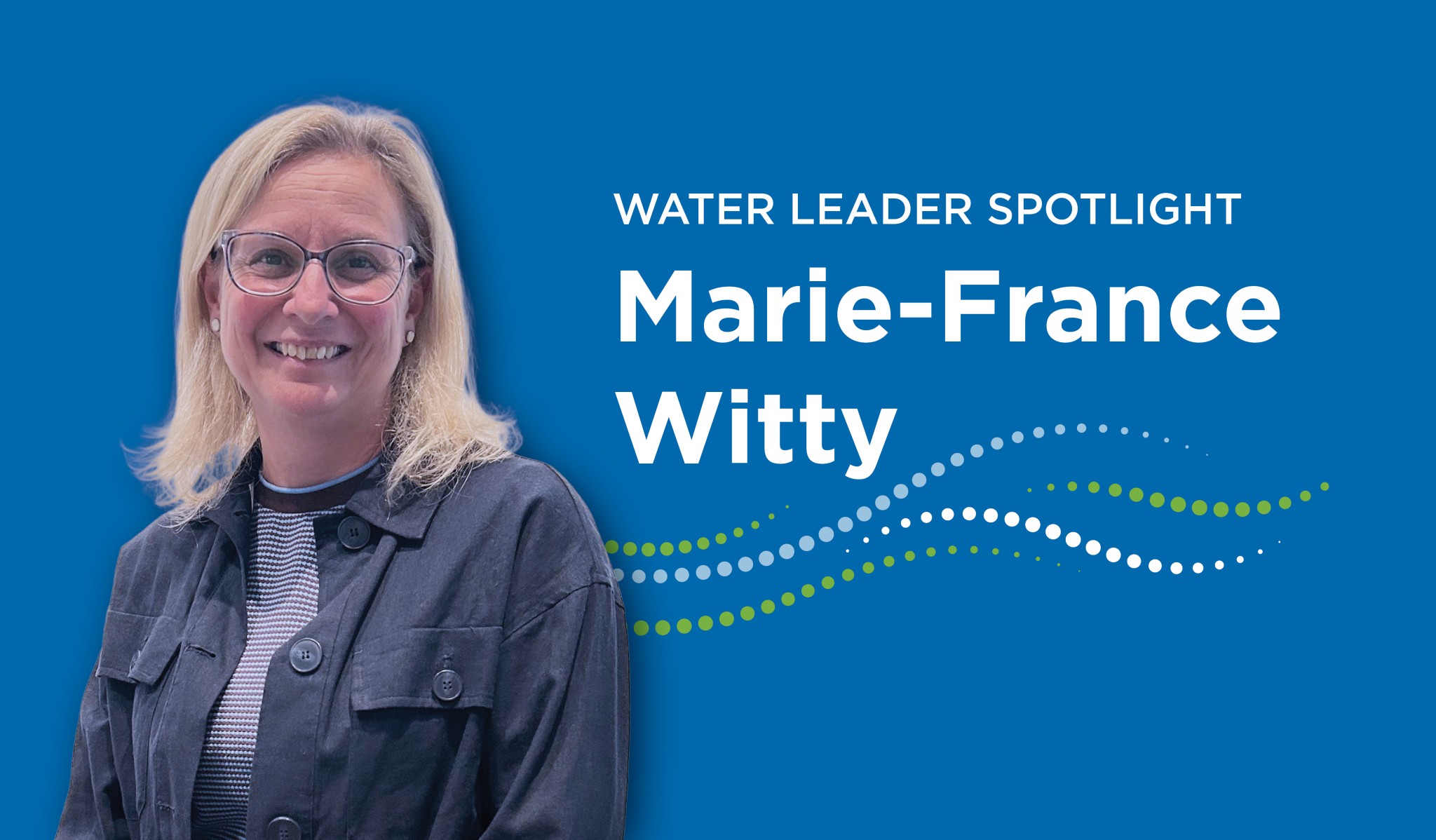Fall update from the Canadian Municipal Water Consortium
September 11, 2024
CWN’s quarterly newsletter with the latest news, insights and thought leadership.

Over the summer and looking ahead to the fall, the Canadian Water Municipal Consortium continues to focus on supporting utility leaders in building sustainable, equitable and resilient cities. A core thread of this is navigating uncertainty amid changing realities of service delivery – from digital transformation and managing risks from contaminants of emerging concern (CECs), to addressing rapid population growth and pivoting to handle emergencies from failing infrastructure or extreme weather. We aim to clarify the context and key trends and connect relevant people at opportune times to help inform decision-making. Here is a brief update on our activities and progress.
Balancing financial challenges: Investments in housing and aging infrastructure renewal
Given the critical infrastructure failures experienced in major cities across Canada – from watermain breaks to flooding – a national conversation is happening around aging infrastructure against the backdrop of intense political pressure for rapid growth. Assessing how to balance financial investments between growth and state of good repair is a challenge, especially when customer spending power is low and Canadians are struggling with day-to-day affordability.
In addition to exploring this topic at our upcoming Consortium Leaders Group Meeting in Montreal this October, Canadian Water Network is connecting with various partners to identify opportunities to support informed decision-making by clarifying the options and limitations for equitably financing growth and building in considerations for climate resilience.
We are tracking trends related to financing tools and strategies envisioned and advocated for by organizations like the Canadian Urban Institute and the Federation of Canadian Municipalities. These strategies aim to address the financial challenges highlighted, such as the sheer magnitude of costs and limitations of existing financing tools to deliver on growth-related infrastructure, in addition to the decades of deferred investment in aging infrastructure. Utilities are in varying stages of assessing system capacity and infrastructure planning in relation to new growth targets, although the rapid pace of change and uncertainty about the location of development present ongoing challenges.
Utility evolution: Moving from brilliantly invisible to engaging communities in conversations about risk
Utilities are assessing the benefits of increasing engagement with Council and the public on risks to and from urban water systems. These risks include community water system capacities and limitations, what is known and unknown, and how the utility approaches decision-making given these risks and uncertainties.
Risk communication initiative
Water utilities are on the front lines of protecting public and environmental health and safety in their communities. It is in their and the communities best interest to proactively develop risk communication strategies that prepare utilities to engage target audiences in desired behaviours, secure buy-in for investment, and respond in moments of crisis.
CWN is developing a new initiative to bring in experts on risk communication to share strategies and approaches that water utilities can use to inform and engage the public and other target audiences on topics of interest, including PFAS and contaminants of emerging concern (CECs), aging infrastructure, and emergency disruptions to water servicing.
There is inherent uncertainty around CECs and risk management options at the local level. CWN recently hosted utility conversations about current practices and knowledge gaps in risk communication at the CEC Strategic Sharing Group annual check-in. Building on these insights, CWN will co-host a public webinar later this fall with the Global Water Resources Coalition and US EPA on PFAS risk communication strategies and best practices.
Voluntary standards for nature-based solutions in stormwater management
The Stormwater Strategic Sharing Group met this summer to discuss the role of standards in supporting the advancement and uptake of nature-based solutions. The rapid pace at which municipalities have had to ramp up their stormwater management portfolios to address flooding concerns has meant design standards and guidelines have not kept pace with changing needs. Nature-based solutions offer a multitude of benefits but lack formal guidance.
Some key takeaways from the meeting include:
- Enhancing climate resilience: Incorporating voluntary standards, such as those from the Standards Council of Canada or Canadian Standards Association, in local design standards, alongside the National Building Code of Canada can help enhance climate resilience.
- Committee structure: The use and benefits of a committee structure in developing standards ensure that standards are kept relevant, applicable and appropriate for end users.
- Municipal voices: There is a need and opportunity for municipal voices to be heard in the development of standards, as they may be required to incorporate standards enforced by law.
Refer to the section on our water and climate program for more information about CWN’s activities and priorities around supporting municipalities in mitigating and adapting to climate change.
Insights from the International Water Association’s (IWA) Utility Leaders Forum
Kim Jusek, manager of the Canadian Municipal Water Consortium, attended the IWA Utility Leaders Forum, which featured utility leaders from around the world. The forum explored innovative case studies showcasing how utilities are advancing water security, resilience to climate change, and the local circular economy. These efforts are crucial for sustainable, resilient futures. In the face of the rapid pace of climate change, the time to act is now. However, this often requires communities to embrace bold new concepts and shift perceptions about how water and water-related resources are valued and (re)used ahead of regulatory requirements or clear mandates. Some strategies that were discussed include:
- Community alignment on values, priorities, and vision.
- Understanding community drivers and effective incentives.
- Fostering critical partnerships.
- Articulating and accounting for multiple benefits, as well as risks of inaction, to generate necessary buy-in
- Adaptive planning approaches, including placing value on preserving options for flexibility in the future.
The forum reinforced the importance and value of having a space for exchange among utility leaders, as they are on the front lines of ensuring sustainable water management and services worldwide.












